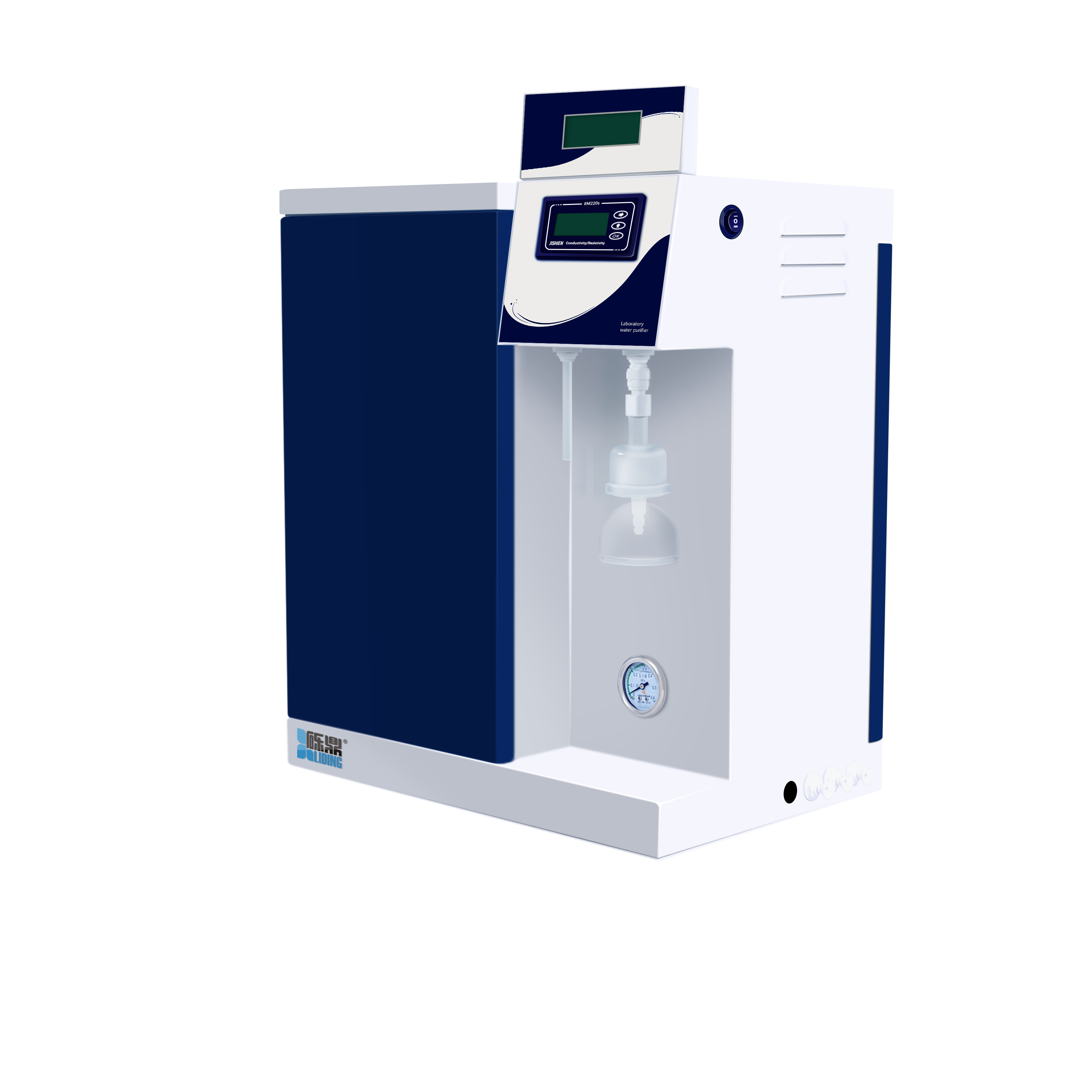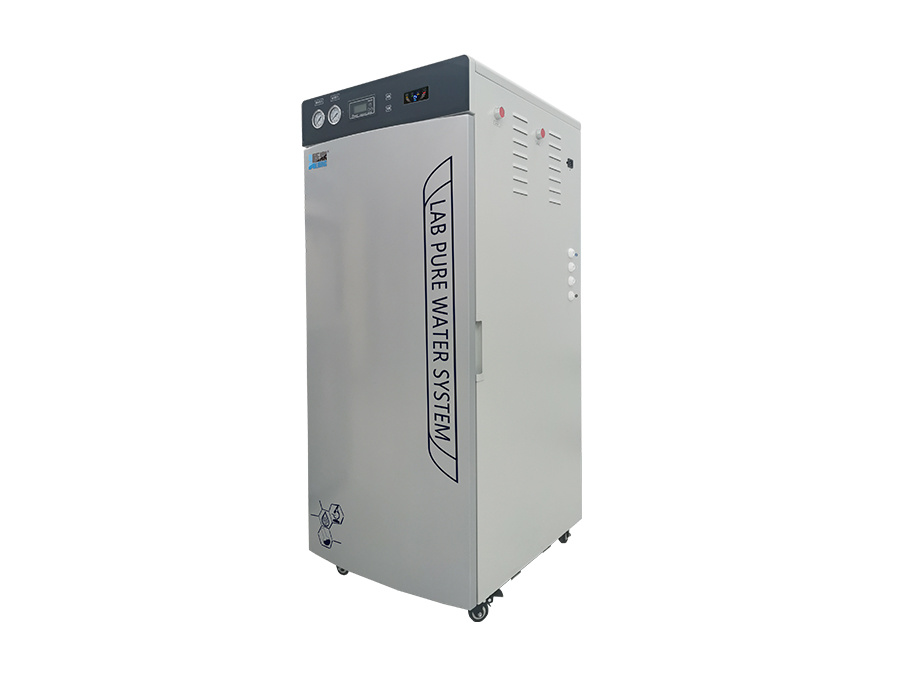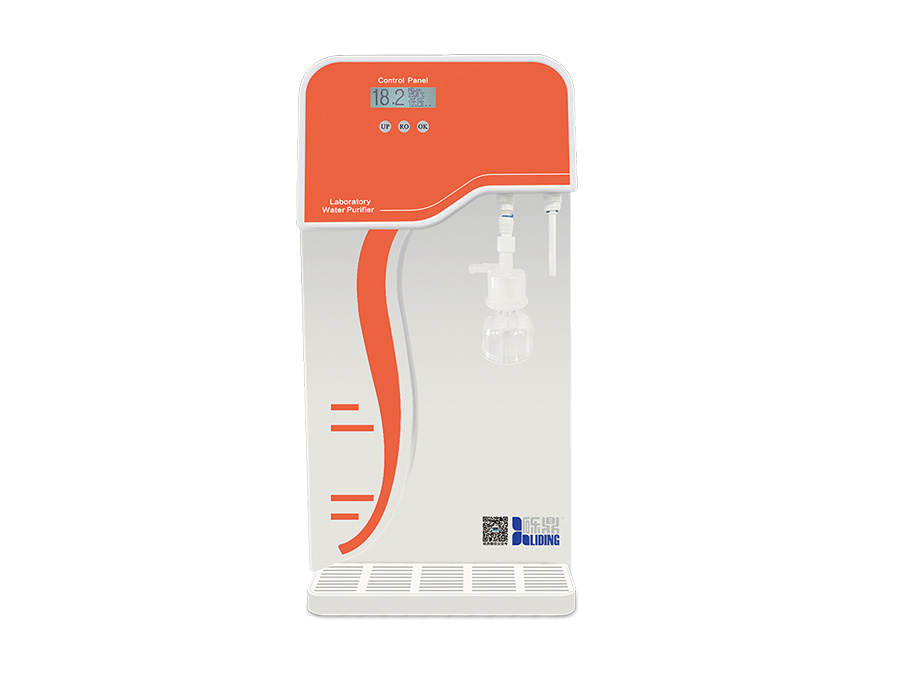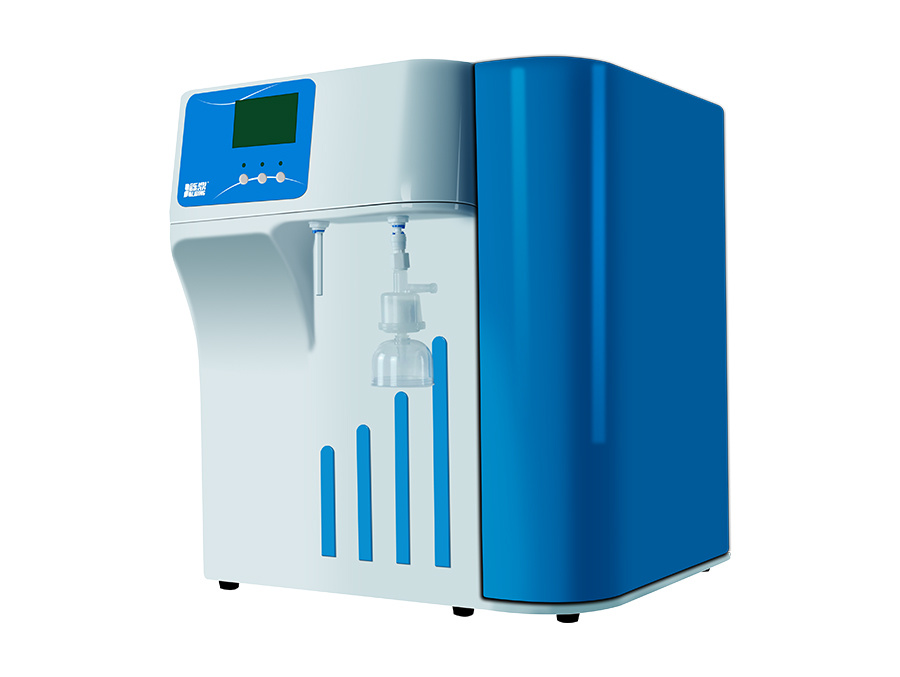Understanding Ultra Pure Water Treatment: Key Insights for Industrial Applications
Time:
Jul 16,2025
Ultra pure water treatment is a critical process in various industrial applications, particularly in sectors such as pharmaceuticals, electronics, and power generation. The need for ultra pure water arises from the stringent quality standards required in these industries, where even the slightest impurities can lead to significant operational issues, product failures, or contamination.
The process of ultra pure water treatment involves multiple stages designed to remove contaminants, including dissolved solids, organic compounds, and microorganisms. Typically, the treatment begins with a pre-filtration step, where larger particulates are removed through processes like sedimentation or sand filtration. This initial stage is crucial as it protects downstream equipment from damage and clogging.
Following pre-filtration, reverse osmosis (RO) is often employed. This technique utilizes a semi-permeable membrane to effectively eliminate 95-99% of dissolved salts and other impurities from the water. RO is particularly effective for removing ionic contaminants and is a cornerstone of ultra pure water treatment systems.
After reverse osmosis, the next stage generally involves deionization (DI) processes, which further purify the water by removing remaining ionized contaminants. This can be achieved through mixed bed ion exchange resins that capture both cations and anions, ensuring that the water achieves the highest possible purity levels. It is essential to regularly monitor and maintain the ion exchange system to prevent breakthrough and ensure consistent water quality.
Additionally, ultraviolet (UV) light treatment is often integrated into ultra pure water systems. UV treatment serves as a powerful disinfection method, effectively eradicating bacteria, viruses, and other harmful microorganisms that could compromise water quality. This non-chemical process is particularly advantageous in industries where chemical disinfectants may cause unwanted reactions or residues.
The final step in ultra pure water treatment often includes polishing filters, which further refine the water quality to meet specific industrial standards. These filters can target remaining particulate matter and provide an additional layer of purification before the water is used in sensitive applications.
In conclusion, ultra pure water treatment is a multi-faceted approach that combines various advanced technologies to achieve the highest water purity levels necessary for industrial operations. Professionals in the field must continually assess and optimize their treatment systems to adapt to changing water quality requirements and ensure efficiency in their processes. By understanding and implementing these critical techniques, industries can maintain operational excellence and safeguard product integrity.
The process of ultra pure water treatment involves multiple stages designed to remove contaminants, including dissolved solids, organic compounds, and microorganisms. Typically, the treatment begins with a pre-filtration step, where larger particulates are removed through processes like sedimentation or sand filtration. This initial stage is crucial as it protects downstream equipment from damage and clogging.
Following pre-filtration, reverse osmosis (RO) is often employed. This technique utilizes a semi-permeable membrane to effectively eliminate 95-99% of dissolved salts and other impurities from the water. RO is particularly effective for removing ionic contaminants and is a cornerstone of ultra pure water treatment systems.
After reverse osmosis, the next stage generally involves deionization (DI) processes, which further purify the water by removing remaining ionized contaminants. This can be achieved through mixed bed ion exchange resins that capture both cations and anions, ensuring that the water achieves the highest possible purity levels. It is essential to regularly monitor and maintain the ion exchange system to prevent breakthrough and ensure consistent water quality.
Additionally, ultraviolet (UV) light treatment is often integrated into ultra pure water systems. UV treatment serves as a powerful disinfection method, effectively eradicating bacteria, viruses, and other harmful microorganisms that could compromise water quality. This non-chemical process is particularly advantageous in industries where chemical disinfectants may cause unwanted reactions or residues.
The final step in ultra pure water treatment often includes polishing filters, which further refine the water quality to meet specific industrial standards. These filters can target remaining particulate matter and provide an additional layer of purification before the water is used in sensitive applications.
In conclusion, ultra pure water treatment is a multi-faceted approach that combines various advanced technologies to achieve the highest water purity levels necessary for industrial operations. Professionals in the field must continually assess and optimize their treatment systems to adapt to changing water quality requirements and ensure efficiency in their processes. By understanding and implementing these critical techniques, industries can maintain operational excellence and safeguard product integrity.
RELATED NEWS








